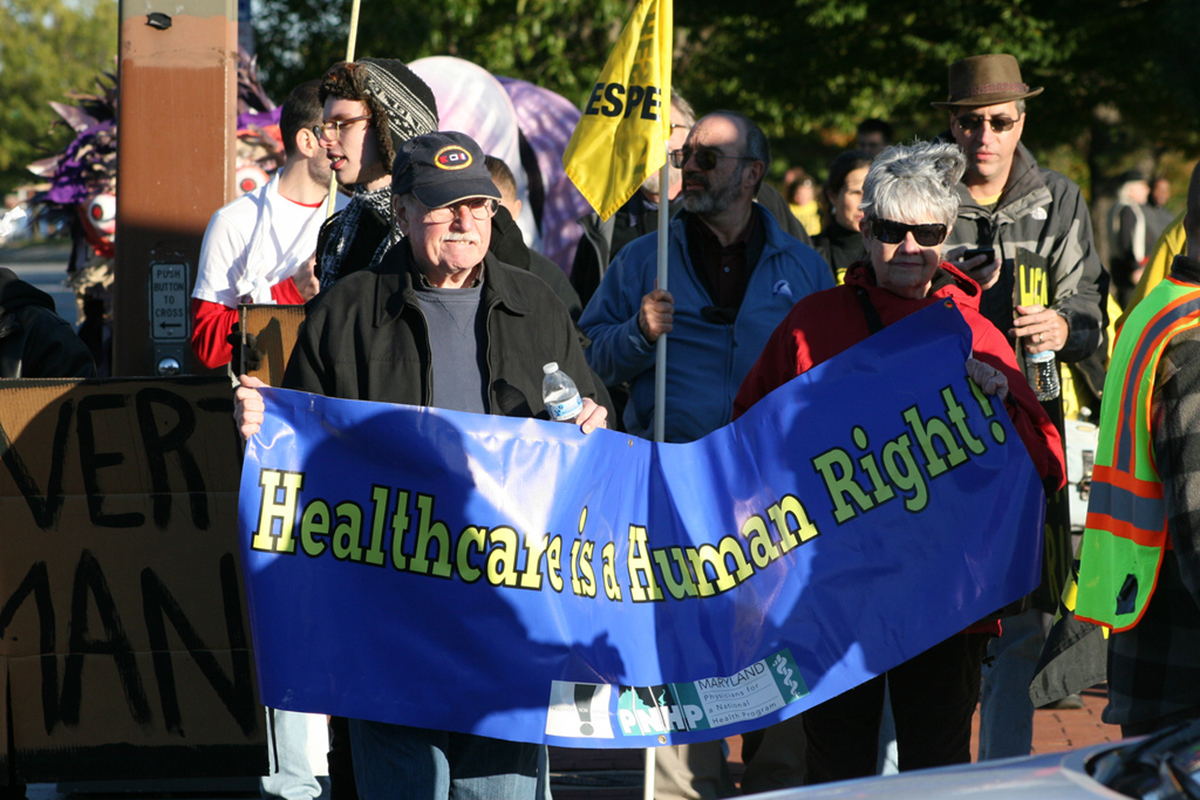Table of Contents
The United States spends more than twice as much per person on healthcare as any other country in the world, but consistently ranks 37th or 38th in international measurements of healthcare outcomes. The reason the US spends so many trillions of dollars on modern medicine but gets overall results comparable to impoverished,neighboring Cuba (usually one or two countries higher than Cuba in life expectancy and other health statistics) is that some Americans get amazing healthcare, and some don't get healthcare at all.

Racial Disparities in American Healthcare
Here are some examples:
- Babies born to African-Americans, Alaskan natives, and native Americans are twice as likely to die in the first year of life and babies born to Americans of other races.
- The death rate from cervical cancer among Vietnamese-American women is five times the death rate among Caucasian American women.
- African-American men who have HIV are seven times as likely to die of AIDS as American men of other groups.
"Wealth Equals Health" is Not Just a Cliché in the USA
At least up until the implementation of the Affordable Care Act, access to healthcare in the United States was very clearly tied to income. If you don't have health insurance, good health insurance, or cash, millions of dollars, you simply don't usually get much more than emergency care. Every emergency room in the USA is required to provide emergency services to every patient regardless of ability to pay, but "emergency services" don't include prescriptions, elective surgeries (a vascular stent to prevent a heart attack, for instance), or any kind of rehabilitation.
The result of about one quarter of the population's depending on emergency services has been:
- Children in lower-income families are more likely to have chronic health conditions, such as asthma.
- In the United States, it is the rich who tend to be thin. Many lower-income Americans live in "food deserts" where it simply is not possible to buy healthy foods, while fast food is cheap and available.
- Chronic diseases perpetuate poverty, as people lose their ability to do the work that might allow them to pay for the insurance that would cover their medical care.
Gender Disparities Abound
- Women are five times more likely than men to be victims of domestic violence.
- Women are more likely to suffer dementia in old age than men.
- Depression, the most common mental illness in the United States, is twice as common in women as in men.
See Also: The Americans Obamacare Forgot
Americans Who Live in Rural Areas Face Greater Health Challenges
Americans who live on farms and ranches, in the wilderness of the American West and Alaska, and in towns with populations under 5,000 also face disproportionate health challenges.
- Gun violence is a major problem in rural America, although in rural areas, guns are more likely to be used for suicide than in homicides.
- Rural Americans are more likely than urban Americans to have chronic diseases such as dementia, depression, heart disease, diabetes, and cancer.
- Medical care may be unavailable due to distance, even when there is money for insurance and copays.
- Woods, E. Ending health inequities starts at the top. Health Business News. 18 January 2014.
- Photo courtesy of United Workers by Flickr: www.flickr.com/photos/unitedworkers/10506589833
- Photo courtesy of Images Money by Flickr: www.flickr.com/photos/59937401@N07/6127243966


Your thoughts on this